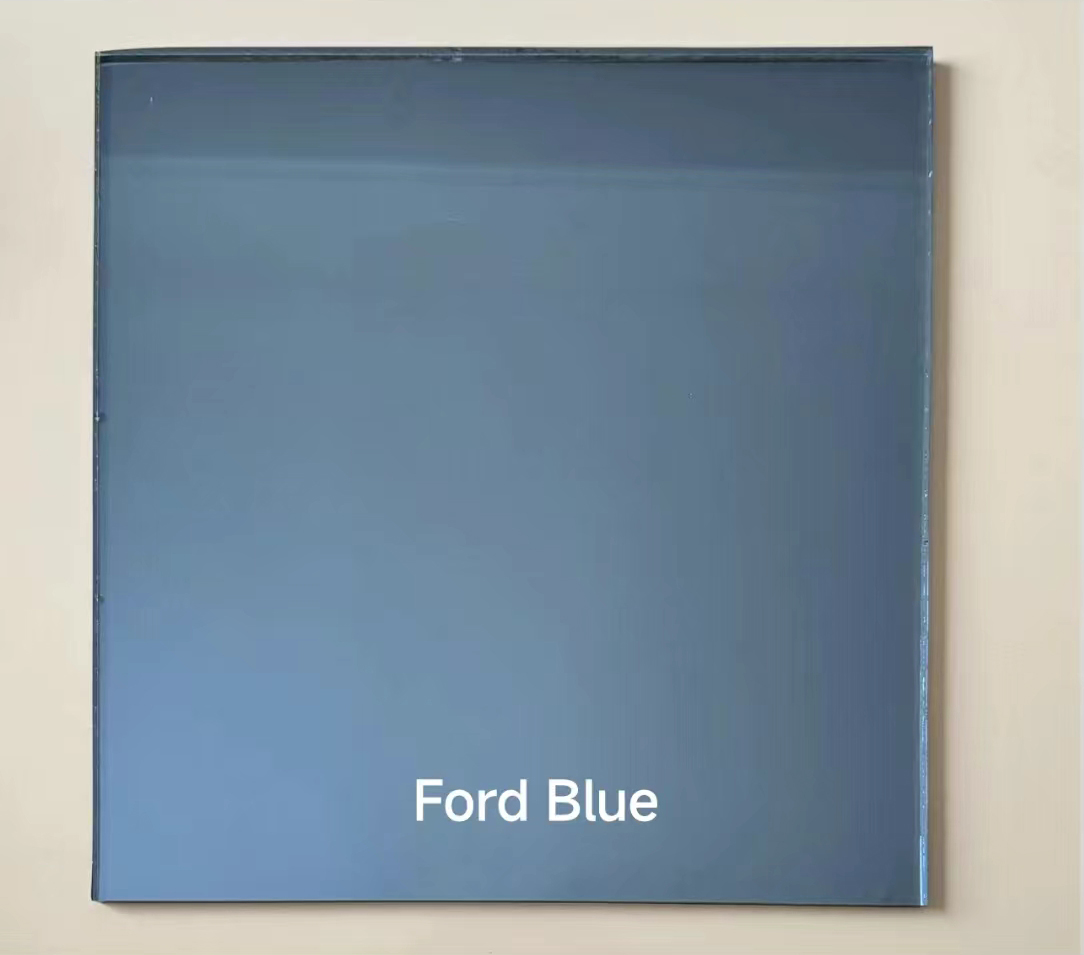

The World of Decorative Glass Manufacturers
Decorative glass has become an integral component in various industries, including architecture, interior design, and art. The versatility and aesthetic appeal of decorative glass make it a favored choice for both functional and artistic applications. The market for decorative glass manufacturing has grown significantly, with numerous players emerging in the industry, each bringing its unique touch to this craft.
Understanding Decorative Glass
Decorative glass can be defined as glass that is used primarily for its visual appeal rather than its structural properties. This encompasses a wide range of products, including stained glass, etched glass, colored glass, and even glass mosaics. Manufacturers of decorative glass employ various techniques to create pieces that enhance the environment in which they are placed. The use of color, texture, and design in decorative glass can transform a mundane space into a visually striking area.
Manufacturing Processes
The production of decorative glass involves intricate processes that require skill and precision. Many manufacturers utilize traditional methods that date back centuries, such as glass blowing and hand painting. However, advancements in technology have also introduced modern techniques like sandblasting, digital printing, and laser cutting. These innovations allow for greater design flexibility and consistency in production, enabling manufacturers to meet the diverse demands of their clientele.
Market Trends
As the demand for decorative glass continues to rise, manufacturers are adapting to changing market trends. Contemporary design emphasizes minimalism, which often incorporates large glass surfaces and simple lines. This has led to a surge in the popularity of clear and frosted glass products that provide an open and airy feel in residential and commercial spaces. Additionally, sustainable practices are becoming increasingly important. Many manufacturers are now focusing on eco-friendly processes and materials, minimizing waste and energy consumption while also creating glass products that are recyclable.

Key Players in the Industry
The decorative glass manufacturing sector consists of a blend of established companies and smaller artisans. Major manufacturers often dominate the market through innovation and extensive distribution networks. However, artisanal workshops also play a vital role in preserving traditional techniques and offering custom solutions that larger companies may not provide. Both types of manufacturers contribute to a vibrant industry where creativity flourishes.
Applications of Decorative Glass
The applications of decorative glass are vast. In architectural design, decorative glass is frequently used for windows, doors, partitions, and facades, adding value and character to buildings. In interior design, it can be found in furniture pieces like coffee tables and cabinets, as well as in decorative wall panels and lighting fixtures. The art world also embraces decorative glass, with many artists creating stunning sculptures and installations that challenge conventional perceptions of glass as merely a functional material.
Challenges Facing Manufacturers
Despite the growing demand, decorative glass manufacturers face several challenges. Competition from alternative materials, such as plastics and composites, places pressure on glass manufacturers to enhance their value propositions. Additionally, rising raw material costs and the need for skilled labor can impact production timelines and profitability. To navigate these challenges, many manufacturers are focusing on innovation, investing in research and development, and expanding their product offerings to cater to evolving consumer preferences.
Conclusion
The decorative glass manufacturing industry exemplifies a harmonious blend of art and function. As manufacturers continue to innovate and adapt to changing market demands, the future of decorative glass looks promising. With its ability to enhance aesthetic appeal across various applications, decorative glass will undoubtedly remain a cherished material in design and architecture for years to come.